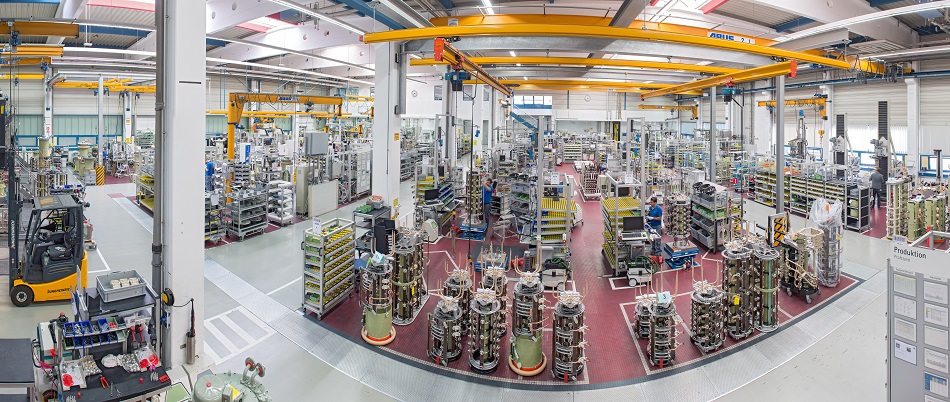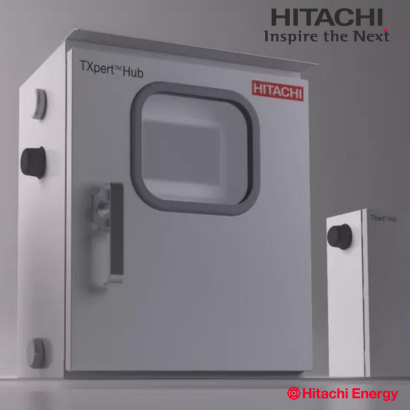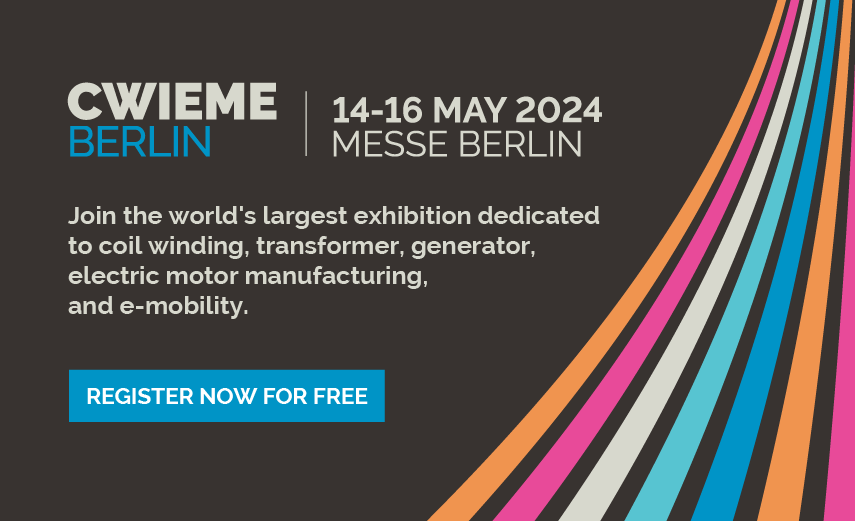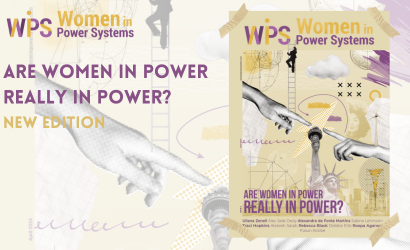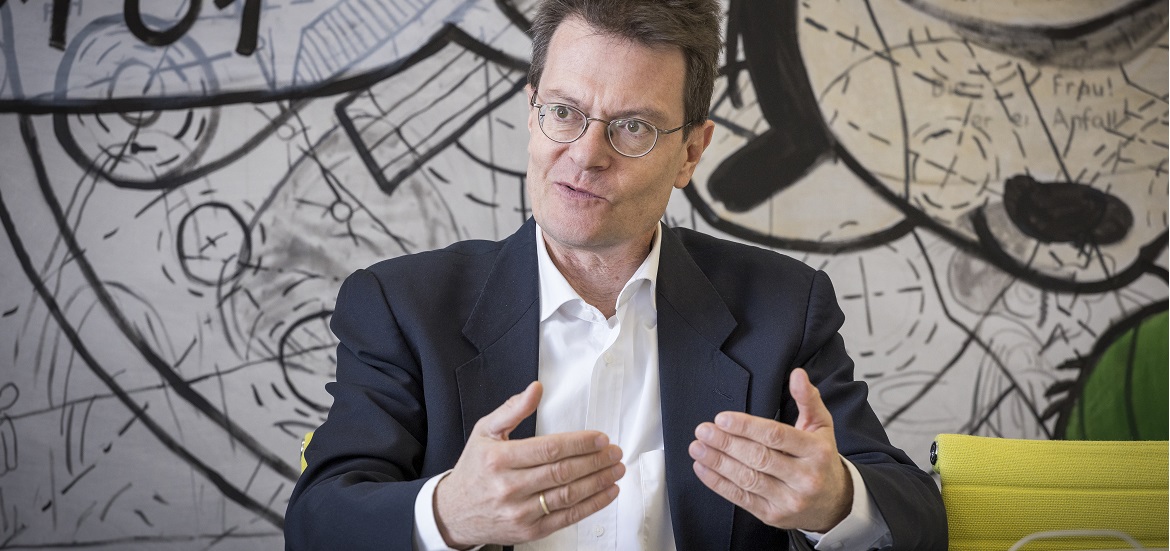
Photo: MR
Interview with Wilfried Breuer,
the Managing Director at Maschinenfabrik Reinhausen
Part 2
Earlier this year, we published the first part of our interview and an inspiring talk with Wilfried Breuer, the Managing Director at Maschinenfabrik Reinhausen (MR), who prior to joining MR in April of 2019, had extensive experience in the transmission and distribution world, including working for Siemens in Thailand and several other countries, and TenneT Holdings in the Netherlands, where he served on the executive leadership team. In this interview, we turn focus to the challenges of sustainability of renewable energy generation and distributed energy systems.
Alan Ross
Wilfried, it’s good to have you back and I look forward to continuing our interview.
Wilfried Breuer
Thank you, Alan.
AR
I want to switch gears from what we discussed in the first part of the interview – and I invite readers to read it, it’s incredible, and switch to your knowledge base which goes back to your time at the utility industry. I would like to ask you several things, but first let’s talk about what is changing so rapidly all over the world now, and that is the distributed energy.
Where do you think we are going with distributed energy resources? So, the wind, the solar and the transition to becoming more green? Europe is ahead of the North America in terms of green technology. So, where do you see us going and what are the challenges we are going to face?
WB
The challenges, in my point of view, is clearly maintaining the same grid stability. What will be the spinning reserve in the future, and how do we stabilize the future grids? I think the move to wind and solar is unavoidable, not only because politicians are claiming so, but also because it is becoming much more economic, evidently cheaper and faster to implement. If you look at projects where nuclear power plants are being built or planned, many face cost overrun and are running out of schedule in Finland, in the UK, etc. They cause big political debates in society, and in a democracy, you need almost two decades of stability to see these projects going through, which is increasingly difficult. Coal in itself is also not cheap and is recognized for its harmful impact on the environment.
I think solar and wind will also dominate in the future for economic reasons, not only ecological. So, this is why I believe that this trend is unreversable and it’s not going to come to a hold. The planet needs cheap energy for second and third-world countries to develop, probably even more than Europe and the US.
I just came from a sun-rich country which can do so much more. They can leapfrog directly into a large solar based generation base and avoid a lot of ecological problems, while at the same time making themselves a lot more independent from energy imports. So, there will be big game changers in the future. The big task for the utilities is to maintain grid stability, because without the diminishing spinning reserve and planned generation, how do we balance generation and demand? That will require much more smart technology and probably solutions we are yet to develop. And most of the generation will be connected to the distribution level, not to the transmission grid anymore as is now, so the tasks of the individual voltage level and the historical purpose of the grid as we know it will change fundamentally.
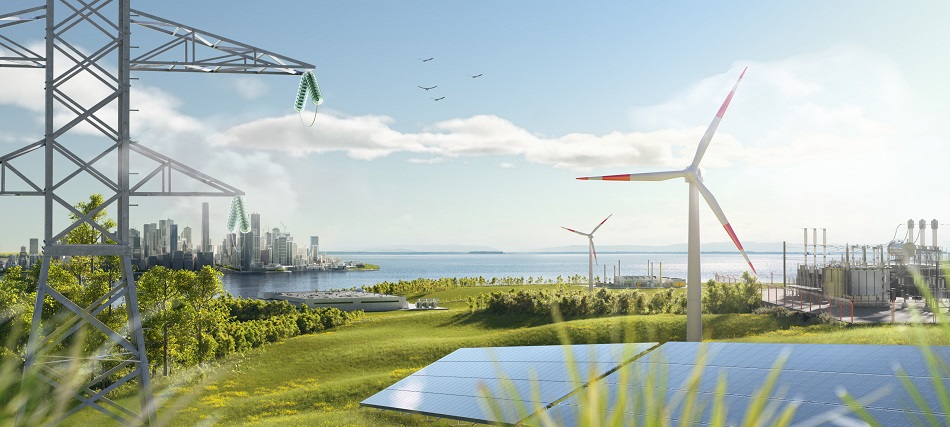
AR
I would think the weather in Germany is much more stable than the weather is becoming in North America. Here, if you live on the southern part of the country, you have hurricanes. We have a hurricane season that lasts for four months. If you're on the West Coast, you have raging fires in the middle of the country. You have tornadoes, and also earthquakes on the west part. We are facing instability in weather all over the world, and that instability affects the stability of the grid. So, when you talk about stability, do you think wind and solar is going to allow us to be more stable because we connect directly to distribution as opposed to having these large transmission lines? Or is that going to be the challenge? For example, wind turbines in a hurricane have to be shut down.
WB
There is a German term used in the renewable energy industry, called Dunkelflaute, which refers to dark weather with no wind. This occurs in parts of Europe mostly in the wintertime for a period of two to three weeks, when it is very cold, with only a slight wind from the east, very low temperatures and very high energy demand driven by heating. At the same time short days with almost no sun restrict yield from photo voltaic and we have to find solutions to keep the continent energized in these scenarios. A country like Germany cannot be sustainable on renewables alone. I think equivalent to around 3,000 plus terawatt hours of energy is imported in oil and gas and it will remain so in the future even if we develop wind and solar further. The U.K. is similar despite the fact it has a lot more opportunities with offshore wind around the island. The countries will need to continue to import energy and it is not realistic to believe that a highly industrialized country like Germany can become totally independent from import of electricity or energy based on national renewables alone.
The wind and solar generation goals will be accomplished by let's call it green molecules to avoid the discussion, whether it's hydrogen, methane or something else. Today we import huge amounts of oil from countries which, politically, are not entirely stable and have questionable political systems. We just face a crisis because of the lack of gas imports from Russia. We will substitute that in the future, I believe, with green molecules. And they will make up for the shortfalls of solar and wind, which is something that all the countries on the continents will face simultaneously so that even intelligent demand side management cannot ensure security of supply. So, it will be a combination of electrons and molecules, same as we have today, but mostly green originated.
AR
Let's talk about micro grids a little bit. We hear about self-sustaining communities that can no longer depend on their micro grids or don't feel like they can because of weather problems. For instance, in Puerto Rico, there was a 50-billion-dollar plan to rebuild the T&D infrastructure of the Puerto Rican electrical system after the hurricanes they've had. And then there was another group that proposed building microgrids near the communities or in the communities with wind and solar generation. If you think about it, this is a major challenge, whether to rebuild traditional generation and transmission base, or build micro grids. Based on your experience, what is your perspective?
WB
I would certainly take the greenfield opportunity and redesign the system from scratch rather than rebuild what was historically grown. Easy comparison. Look at the railways. Germany is running railways on 16.67 Hertz instead of 50 Hz. Nobody would take that decision again if they had a chance to go back to greenfield. So, I think as an engineer, you would never let an opportunity go when you can start with a blank sheet of paper taking an optimum approach rather than just copy pasting what has been destroyed by an unfortunate event. And many countries do that. I wasn't aware of the example of Puerto Rico, and thanks for mentioning it. But I do know, for instance, that the World Bank has been financing a thousand village program in Myanmar. Unfortunately, this is another example of a rather unstable system, and the project is, I think, paused since the military has taken over. But the project is actually focused on building micro grids. A lot of villages in Myanmar are traditionally run on old, inefficient and expensive diesel generators. The fuel is expensive, the maintenance is expensive if available at all, it's not reliable, and the villages cannot grow business on it.
Another country that is very ambitiously developing on that are the Philippines. They have still a lot of islands without entirely integrated power grids and they are moving away from planning central power stations to building microgrids. So, they try to electrify the rural area, same as Indonesia, as much as possible by microgrids, using private investments. They have tenders for concessions and the concessionaire has to bid for the lowest electricity tariff for the village and then provide a renewable optimized system for a village or a small factory included, so that there is an easy offset of the high fuel cost and a long-term sustainable solution, which also helps local communities to develop based on reliable and affordable fuel.
AR
I would like to switch briefly to battery technology. Just from what you've seen and what you are hearing in the industry, will we ever make that quantum leap to batteries and battery storage that become critically important when you go through those two weeks of darkness and no wind, and you have to have stored capacity somewhere?
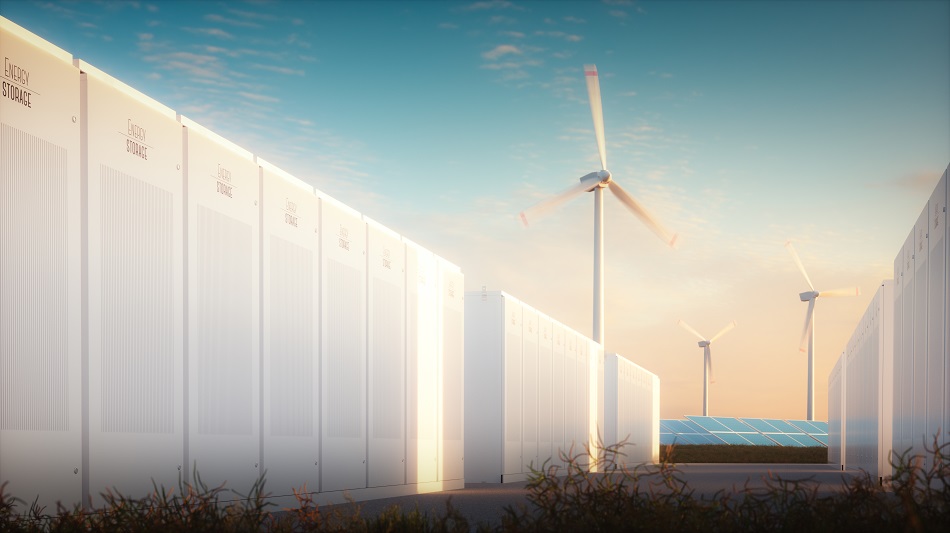
WB
I might not be the most knowledgeable person about battery technology, but I do study it a bit because I'm personally interested in driving an electric vehicle without a combustion engine. So, I think there will be developments in battery technology to turn traditional combustion engine into electric mobility eventually. I think that is also very likely to happen on a global scale over the next 20 years. But that's of course battery technology of a different kind, light-weight, high-power density and long-life with high number of charging and de-charging cycles.
There are many different technologies for the grid, like flow batteries where you have huge tanks which might be from a certain magnitude of storage more suitable than just the lithium-ion battery technology we know from the laptop or the electric vehicle today. So, the battery world for grid level storage is a lot bigger than just the lithium-ion technology. And there might be more than I know. I also recently came across a very interesting development looking into flywheels, apparently very efficient. There’s another US start-up which is lifting big concrete blocks and stacks them above each other. In Switzerland, there is also a pilot project that is being invested in.
So, you can see there is a growing number of ideas grouping around the challenge of storing energy and how to make it efficient and usable again, like stacking concrete blocks. You can basically do that half a year later and they will not lose any of the potential energy because of the stored height. So, there will be a competition of numerous solutions and I think all of them will have their KPIs where they are really suitable and where they are less efficient. Second life of electric vehicle batteries is in Germany already in pilot projects in companies like BMW and Mercedes-Benz, where they already have grid storage projects of some 20 to 30 megawatt hours applying second life batteries. So, these are second hand batteries from the cars that do not have good enough capacity for mobility anymore but are still good enough for grid storage purpose. So, I think at the end of the day we will look at a whole combination serving that market and controlling power to stabilize the grid. Preserving power will become more valuable and there will be a competition for efficiency and turnaround cost. How much do I get for kilowatt hours stored and how much do I get back when I bring it back to the grid?
AR
That’s excellent. I haven’t heard about reusable auto batteries because that's always been one of the issues – what do you do with the batteries when the car is finished with them? My son has just purchased a fully electric vehicle, one of the very first Volkswagen ID Fours, but I still drive combustion engine.
WB
Give it a try. Driving wise, it's much better. But of course, when it comes to driving coast to coast in the US, that's still an electric challenge.
AR
I have to say Tesla is building charging stations all over so that we don't have to worry about it. There are actually 45,000 charging stations in the United States right now. We need a lot more, but it's amazing what's happening out there.
This has been a great discussion. Thank you so much. Before we end, I would like to go back to Reinhausen. You already gave us a hint of your view of the future there, but if you go out five or ten years into the future, where do you think Reinhausen will be then?
WB
We will certainly not abandon the tap changer. It's amazing how much innovative potential there still is in this very mature and seasoned product. We have innovations in our drawers and we know how to industrialize them, innovations that potentially could make a tap changer half the size of what it is today. That’s not a problem and we would know how to do it. The main obstacle really is how conservative the industry is. You can only introduce these innovations in smaller steps. We have launched this year a product to the market which has already some revolutionary items, an integrated tap changer based on vacuum technology. MR already revolutionized that market with the introduction of the on-load tap-changer principle in the first place almost hundred years ago, and now we are substituting oil with vacuum technology. We will fade out oil technology over the next couple of years, so there will be potentially no more oil technology from MR, at least not under our brand. And we are already working on what comes next after the vacuum technology, or how to get more out of vacuum technology? So, that will still be the main part of our storyline.
